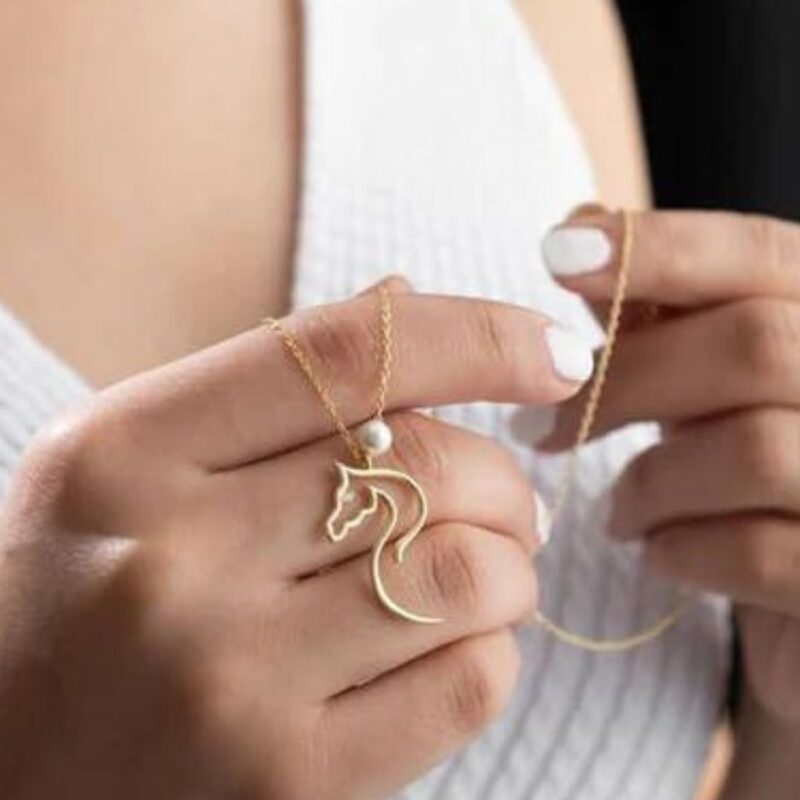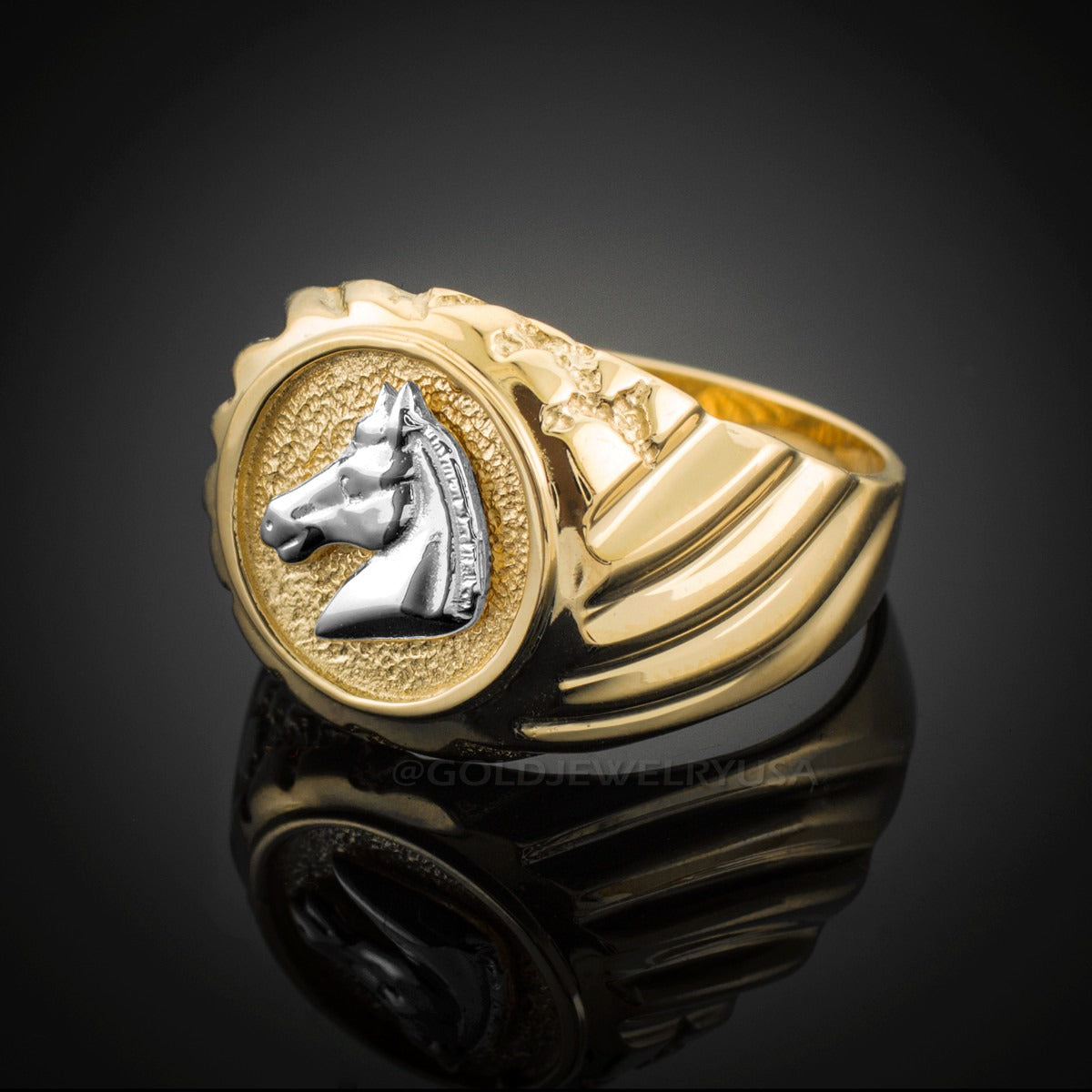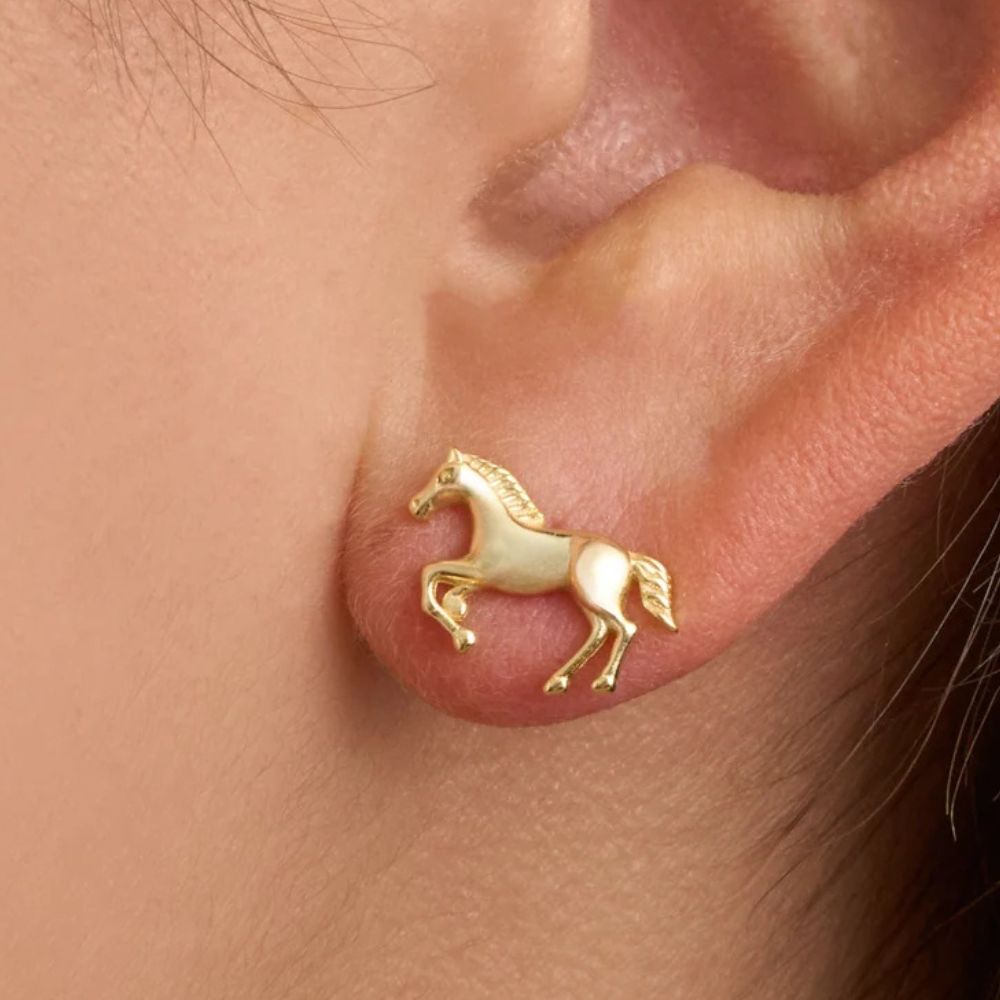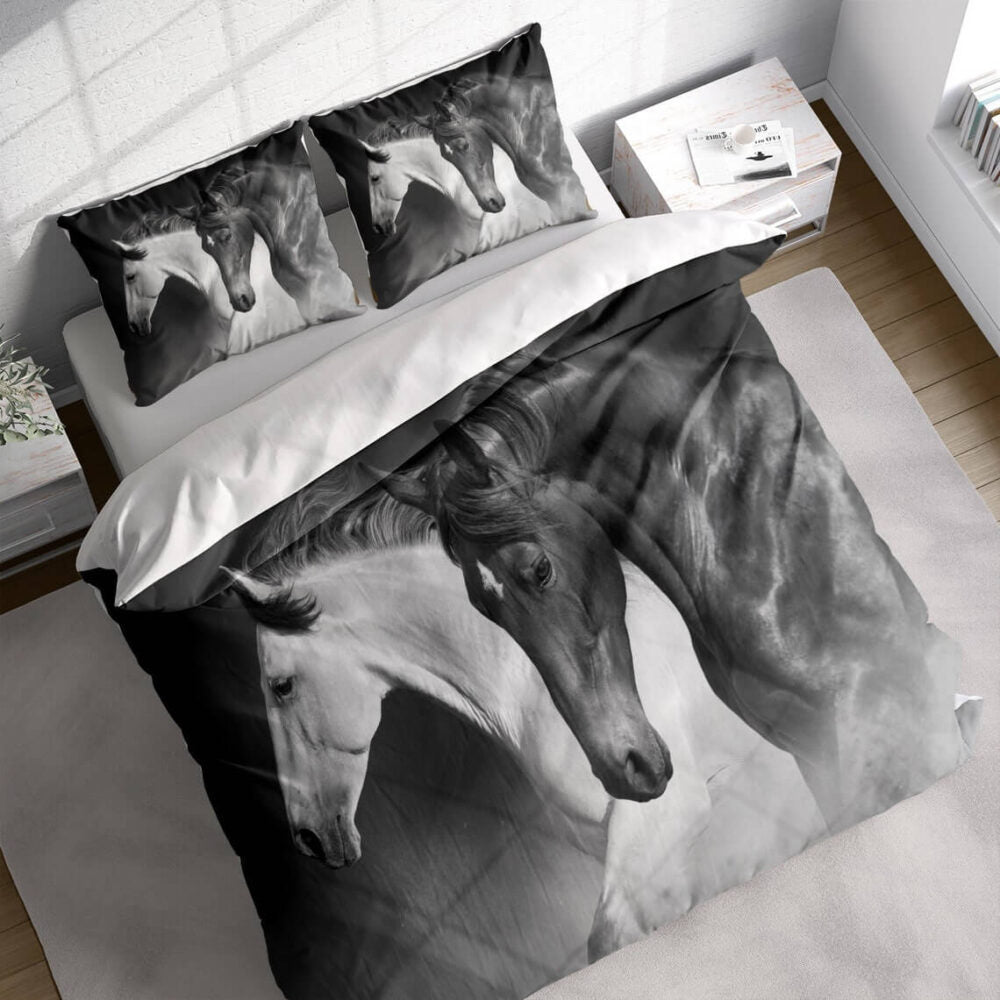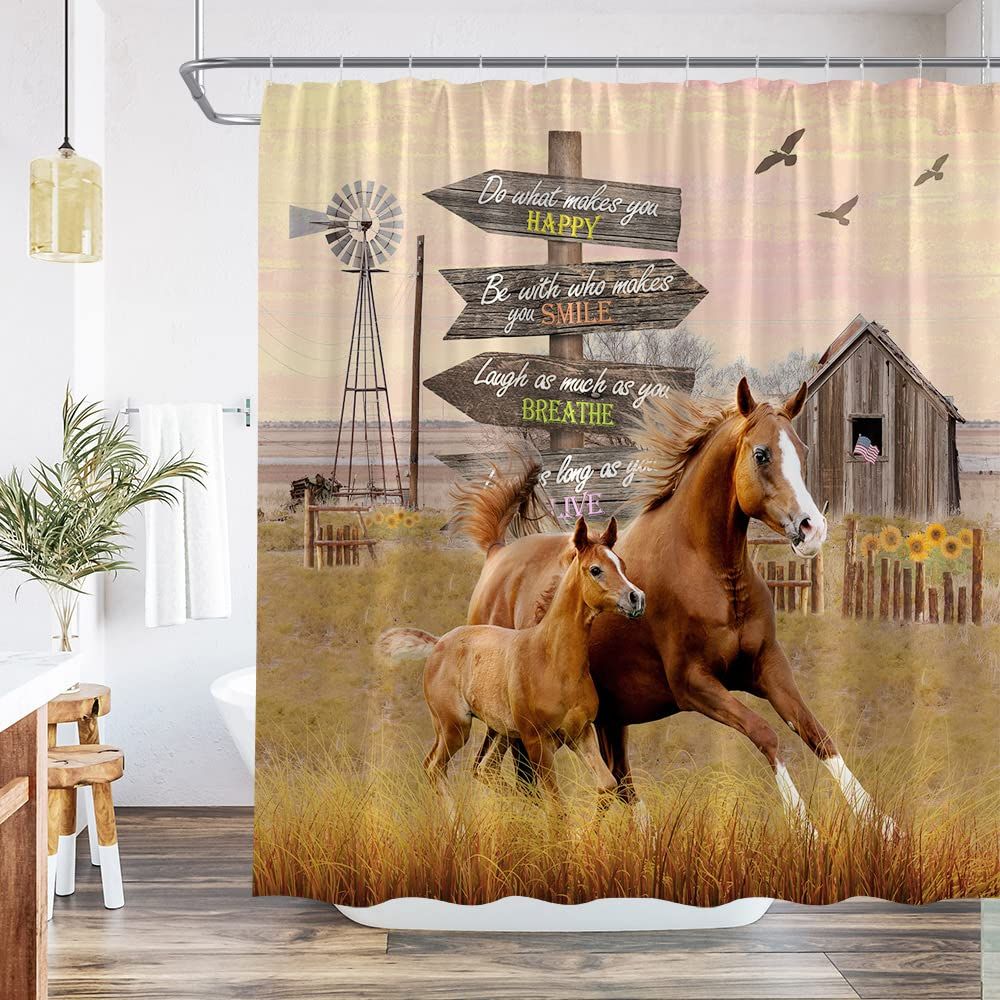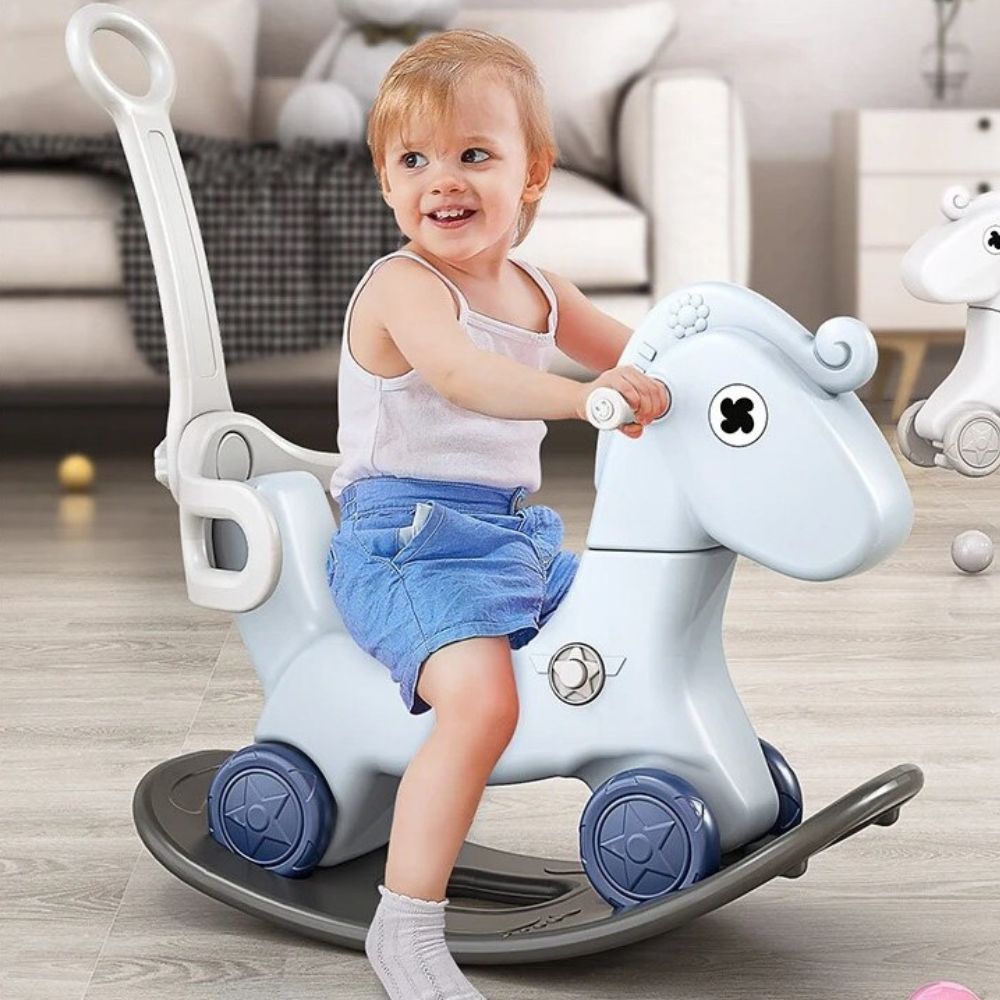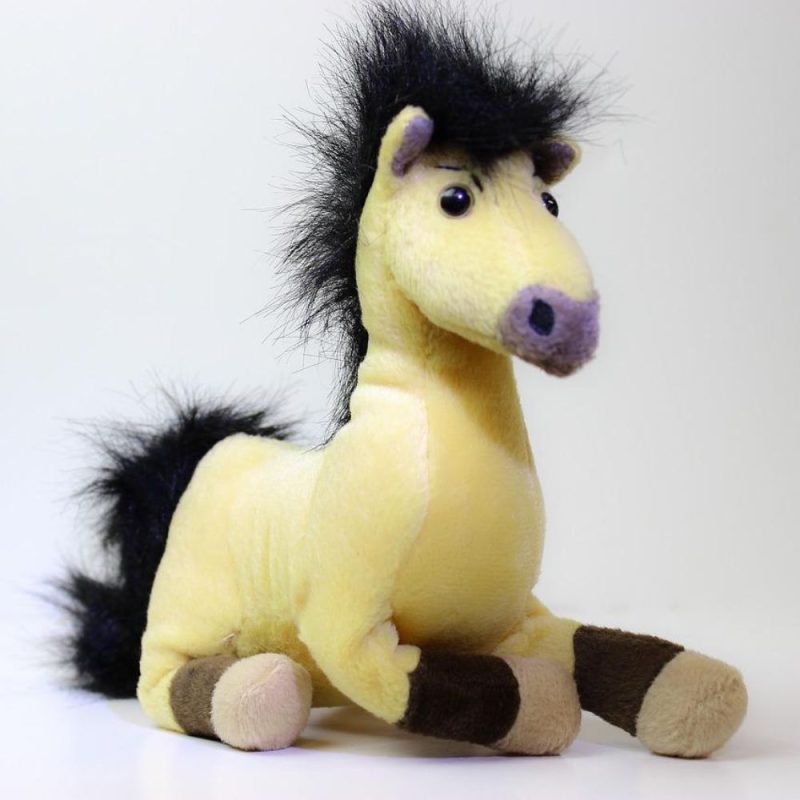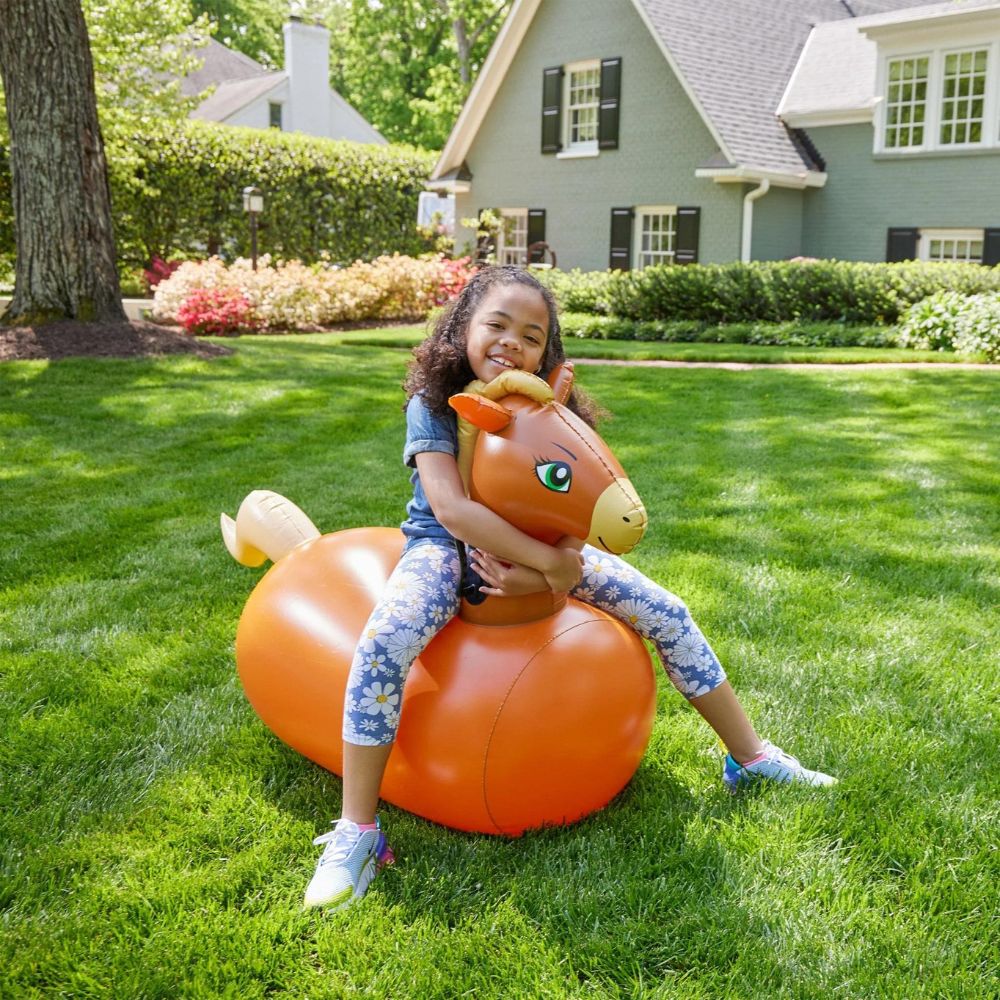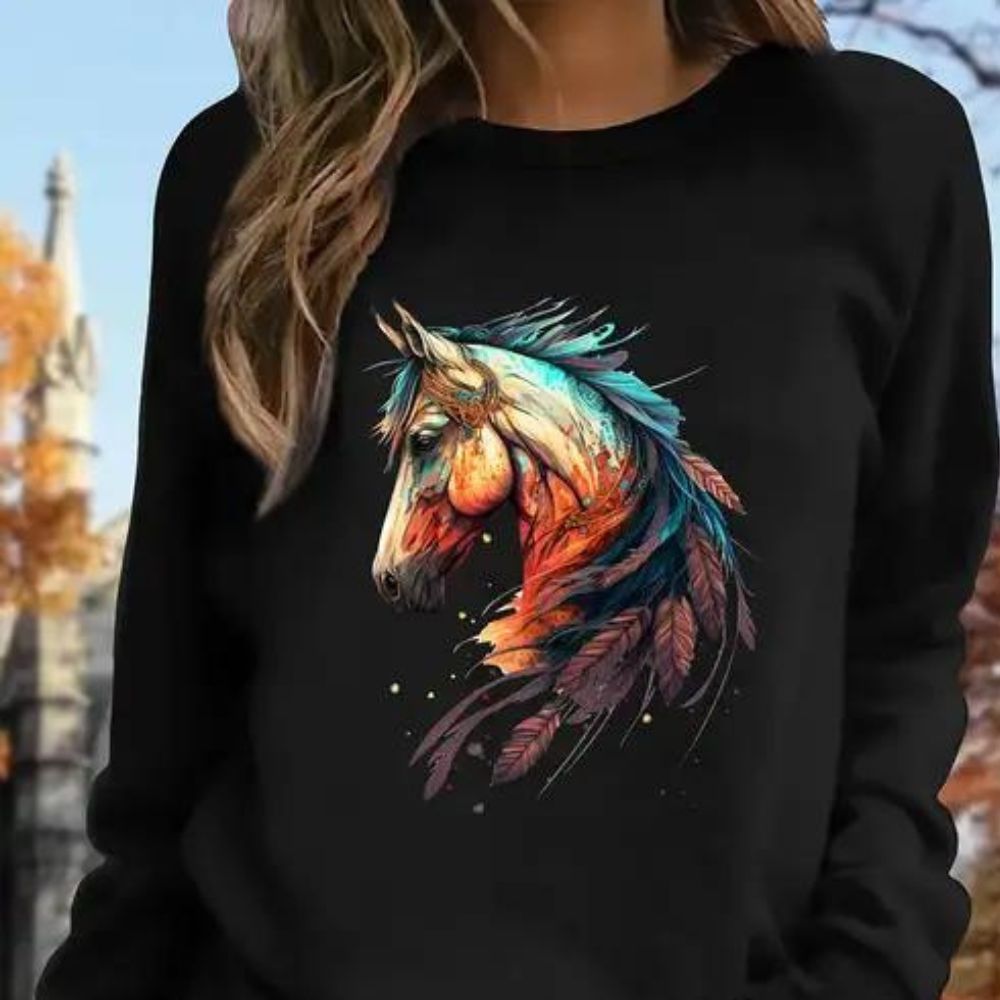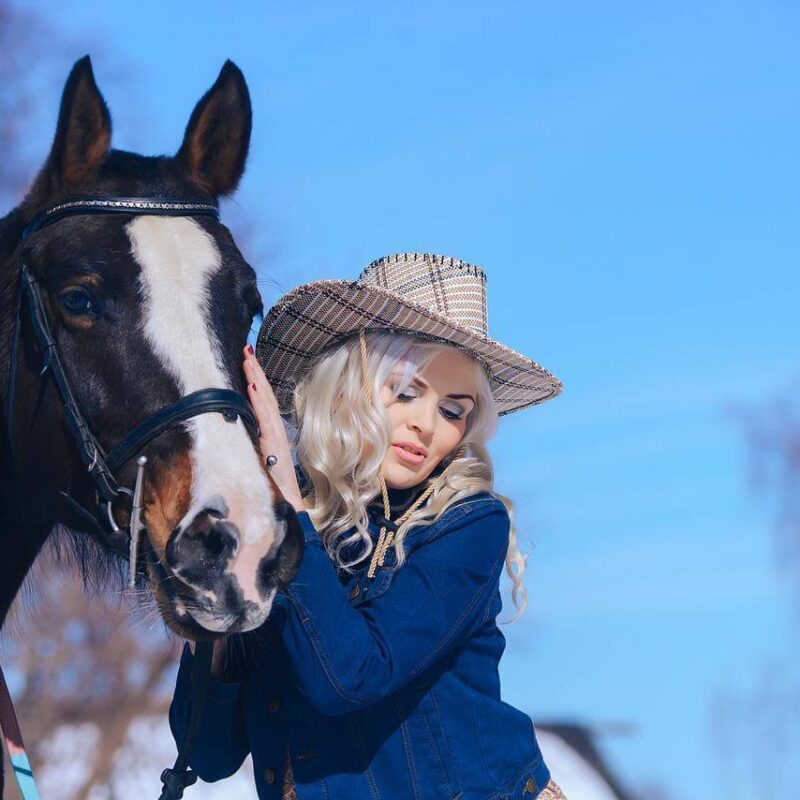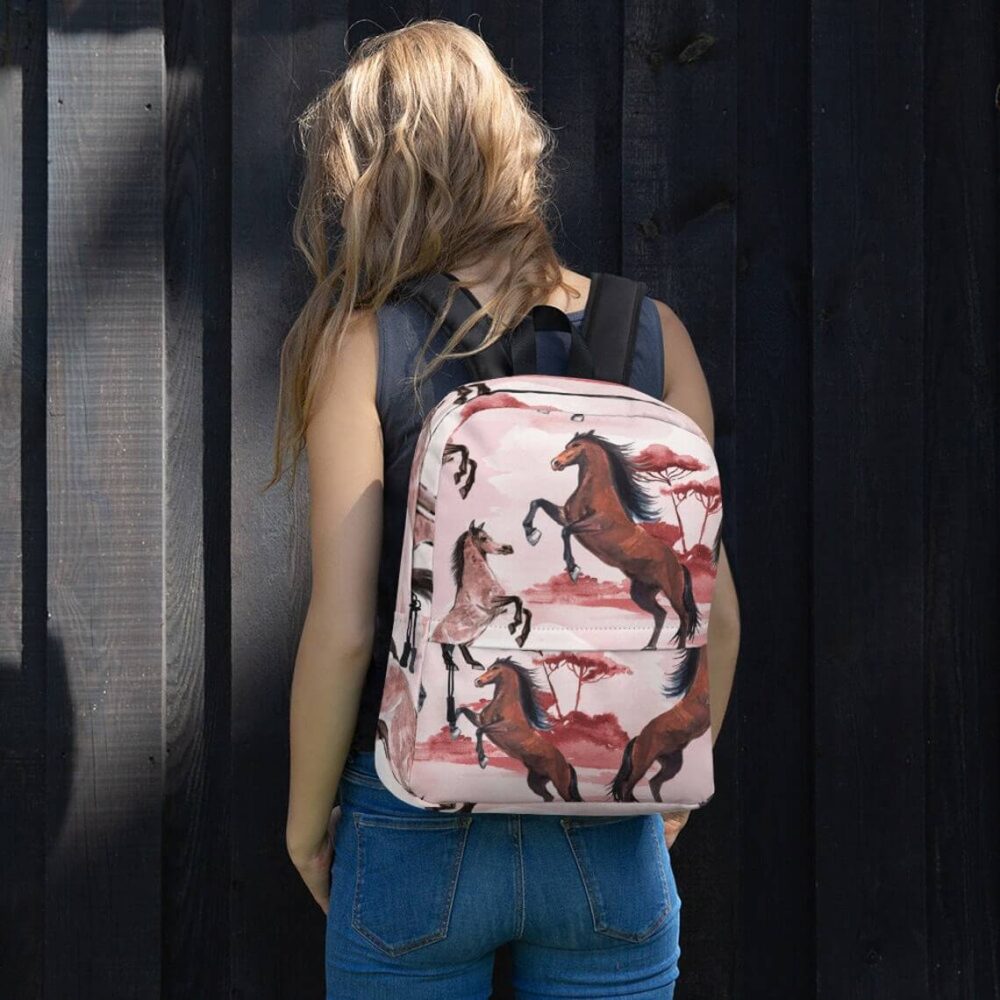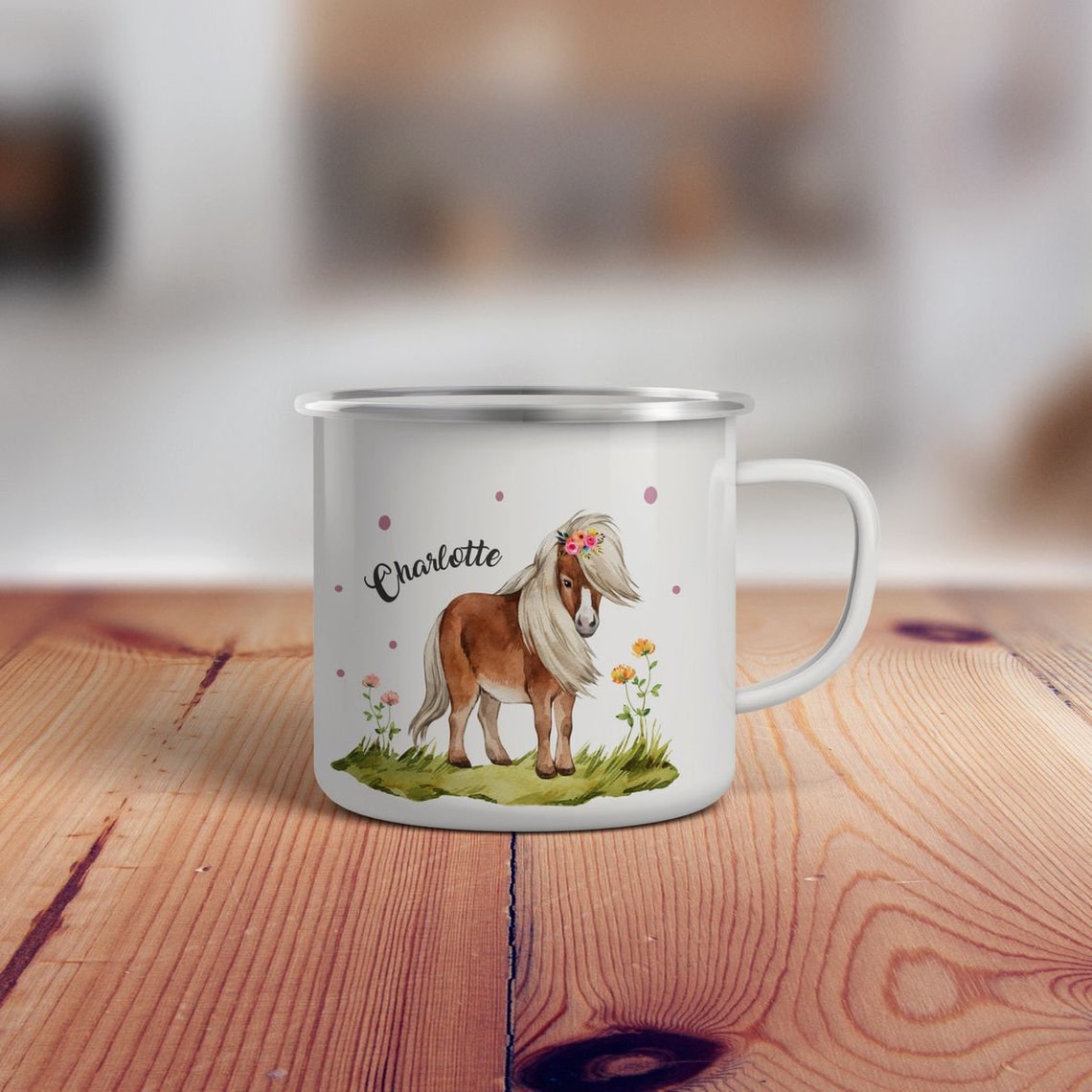
How Cold Is Too Cold for Horses? Winter Safety Tips
Picture this: a crisp winter morning, frost glittering on the fence rails, and your horse’s breath forming little clouds in the icy air. While horses are hardy creatures built to handle chilly weather, there’s a fine line between a brisk trot and genuine discomfort—or even danger. So, how cold is *too* cold for horses, and how can you keep them safe when winter’s bite gets serious? Let’s dive in. 🐴❄️
Horses can tolerate colder temperatures than humans, thanks to their dense winter coats and efficient metabolism. Generally, they’re comfortable in temperatures as low as 18°F (-8°C) *without wind or moisture*. But when the mercury drops further, or when wind chill and rain enter the equation, their resilience wears thin. A damp 30°F (-1°C) day with harsh winds can feel far colder than a dry 10°F (-12°C) one. Older, younger, or thin horses struggle even more—sometimes showing discomfort as early as 40°F (4°C). Watch for cues like shivering, reluctance to move, or curling their tail tightly against their body. If you’re layered up in a parka and still shivering? Your horse probably is too. Yet, shelter, proper feed, and a few smart adjustments can make all the difference between a seasonal inconvenience and a health crisis. Let’s break it down.
Understanding Your Horse’s Natural Winter Adaptations
Horses aren’t just tough—they’re evolutionarily wired for winter. Their thick winter coats trap heat, and a process called *thermogenesis* helps them generate warmth by digesting fibrous forage. But this doesn’t mean they’re invincible. Winter coats lose insulating power when wet, and sudden cold snaps can overwhelm even the heartiest draft horse. Key factors affecting their comfort:
- Age and health: Foals, seniors, and horses with conditions like Cushing’s disease need extra care.
- Body condition: A thin horse lacks the fat reserves to stay warm.
- Acclimatization: A horse abruptly moved from a warm barn to subzero temps will fare worse than one gradually adjusted.
Wind Chill: The Silent Winter Threat
Ever stepped outside on a "mild" 35°F day, only to feel like it’s below zero? That’s wind chill at work—and it hits horses just as hard. A 15 mph wind at 20°F (-6°C) can make it feel like 4°F (-16°C), putting even rugged breeds at risk. Always provide a windbreak, whether it’s a sturdy shelterbelt of trees or a three-sided run-in shed.
Winter Horse Care: Essential Do’s and Don’ts
Winter care isn’t just about keeping horses alive—it’s about helping them *thrive*. Here’s how:
Feed for Warmth
Hay is your best friend in winter. Digesting fiber generates internal heat—so while grain provides calories, it won’t stoke their furnace like good-quality forage. Increase hay by 15–20% in extreme cold, and opt for slow feeders to mimic natural grazing. And always ensure unfrozen water—dehydration risks colic, and horses drink less if water is icy.
Blanketing Basics
Blanketing debates divide horse owners, but here’s the rule of thumb: if your horse is clipped, elderly, or thin, they likely need a blanket. Otherwise, a healthy, unclipped horse with shelter may do fine without. Just avoid overblanketing—sweating under a heavy rug can lead to dangerous chills.
Spotting (and Solving) Cold Stress in Horses
Shivering is an obvious red flag, but subtler signs include:
- Standing hunched with a tucked tail
- Reduced gut sounds (a sign of slowed digestion)
- Ice on the coat or eyelashes (indicates prolonged exposure)
If you spot these, bring the horse to a sheltered area, offer warm mash, and call your vet if symptoms persist.
Winter’s Hidden Hazards
Frozen ground raises the risk of bruises or abscesses, while icy patches can cause slips. Use snow pads on hooves for traction, and limit riding in deep snow—it’s exhausting. And don’t forget: snowy fields obscure dangers like wire fencing or frozen streams.
As winter’s grip tightens, remember this: your horse trusts you to read between the frosty lines. A steaming bucket of beet pulp, a dry spot out of the wind, or an extra flake of hay can turn a harsh season into a manageable one. Because the best winters aren’t about surviving—they’re about watching your horse prankishly flip snow with their nose, their breath puffing like tiny clouds, knowing you’ve given them the warmth they need to thrive. ❄️🐎








